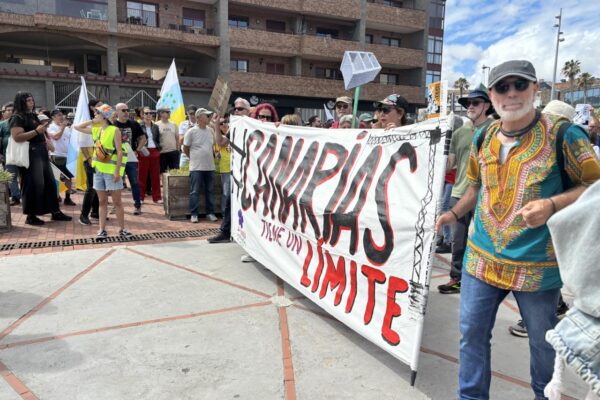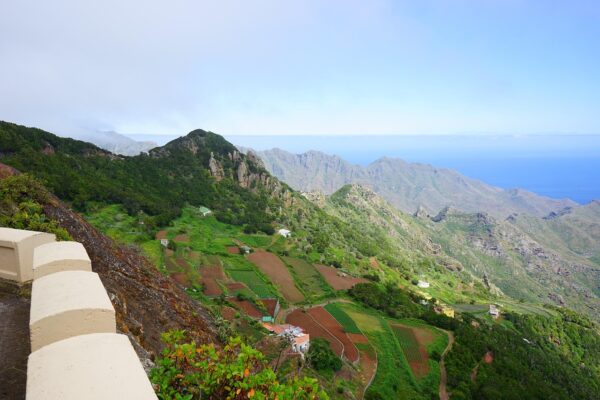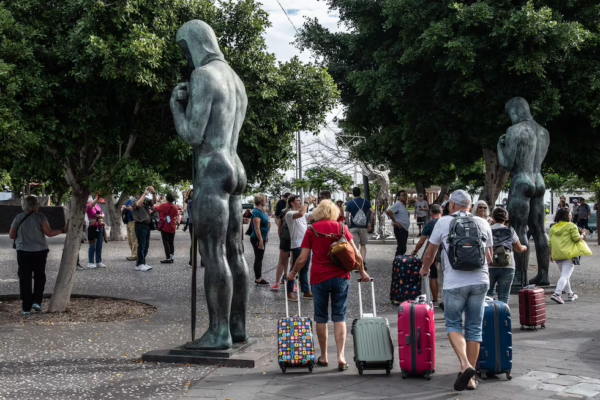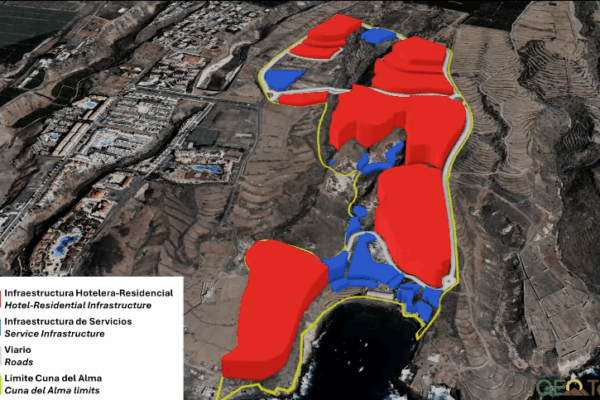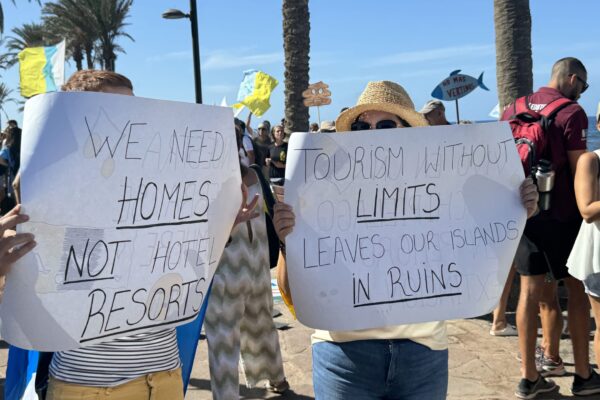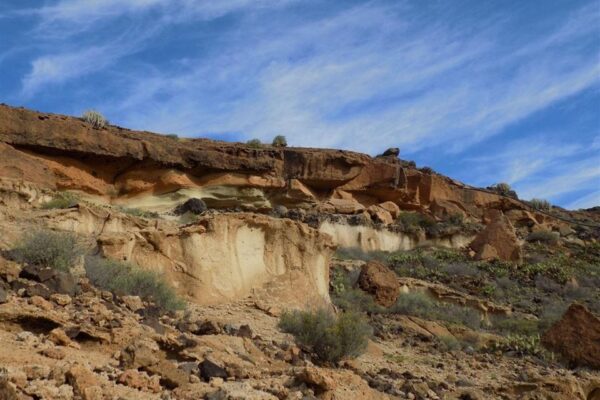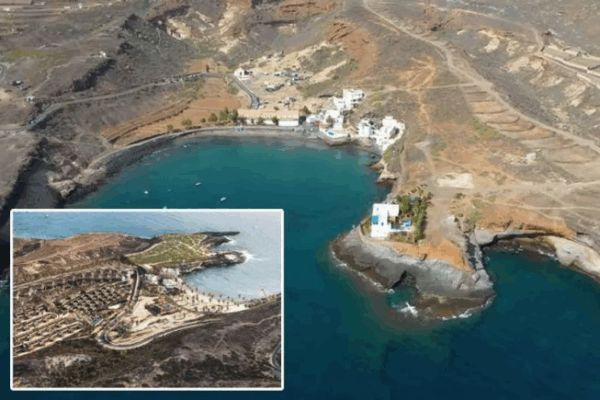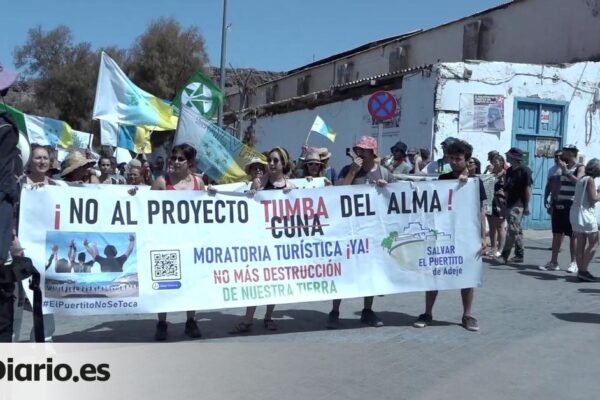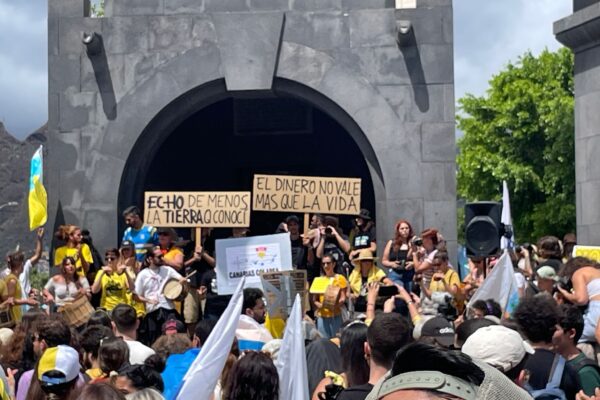Greenpeace published its report on Friday, the 17th of October, “The Other Altri, or How Corporations Threaten Biodiversity and Governments Allow It”, regarding 12 cases that represent how corporations threaten the biodiversity of Spain. The Cuna del Alma project is listed amongst the 12.
The report correctly points out that the Cuna del Alma luxury tourist resort is being constructed between the Teno-Rasca Marine special conservation zone and La Caleta Site of Scientific interest. The report highlights the Cuna del Alma project as an “example of the complicity of administrations with an unsustainable and socially unjust tourism development model”
Manoel Santos, Greenpeace spokesperson, said “it makes no sense that administrations, and many companies, talk to us about coastal protection or sustainable tourism and then propose enormously unfair projects that leave no space for nature .”
Greenpeace publicó el viernes 17 de octubre su informe «The Other Altri, or How Corporations Threaten Biodiversity and Governments Allow It» (El otro Altri, o cómo las empresas amenazan la biodiversidad y los gobiernos lo permiten), en el que se recogen 12 casos que representan cómo las empresas amenazan la biodiversidad de España. El proyecto Cuna del Alma figura entre los 12.
El informe señala acertadamente que el complejo turístico de lujo Cuna del Alma se está construyendo entre la zona especial de conservación marina de Teno-Rasca y el Lugar de Interés Científico de La Caleta. El informe destaca el proyecto Cuna del Alma como «ejemplo de la complicidad de las administraciones con un modelo de desarrollo turístico insostenible y socialmente injusto».
Manoel Santos, portavoz de Greenpeace, afirmó que «no tiene sentido que las administraciones, y muchas empresas, nos hablen de protección costera o turismo sostenible y luego propongan proyectos enormemente injustos que no dejan espacio para la naturaleza».



